Silent Era Home Page > Home Video > A Florida Enchantment

Reviews of silent film releases on home video.
Copyright © 1999-2024 by Carl Bennett
and the Silent Era Company.
All Rights Reserved. |
|
A Florida
Enchantment
(1914)
|
Sidney Drew directed and stars in this fantasy gender-bending comedy of role reversals in a St. Augustine, Florida, resort community.
|
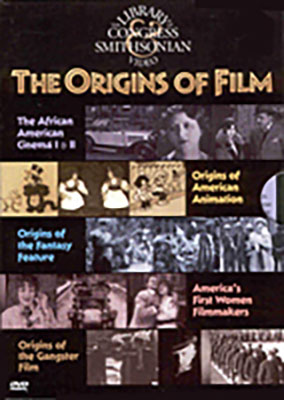 The Library of Congress / The Library of Congress /
Smithsonian Video
2001 DVD edition
The Origins of Film (1900-1927), black & white, color-tinted black & white and color-toned black & white, 560 minutes total, not rated, including A Florida Enchantment (1914), black & white, 63 minutes, not rated.
The Library of Congress/Smithsonian Video, distributed by Image Entertainment, ID9807UMDVD, UPC 0-14381-98072-1.
Three single-sided, dual-layered, Region 0 NTSC DVD discs, 1.33:1 aspect ratio image in full-frame 4:3 (720 x 480 pixels) interlaced scan MPEG-2 format, SDR (standard dynamic range), ? Mbps average video bit rate, ? Kbps audio bit rate, Dolby Digital 48 kHz 8-bit 2.0 stereo and mono sound, English language intertitles, no foreign language subtitles; chapter stops; three standard DVD keepcases in cardboard slipcase; $79.99.
Release date: 13 March 2001.
Country of origin: USA
Ratings (1-10): video: 7 / audio: 6 / additional content: 8 / overall: 6.
|
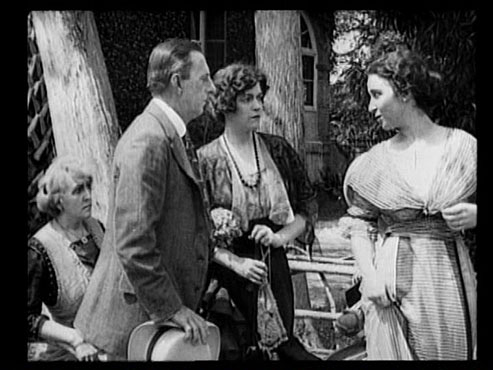
This 34-film DVD collection, culled largely from the film archive of the Library of Congress, is grouped into sections entitled “Origins of the Gangster Film,” “Origins of the Fantasy Feature,” “Origins of American Animation,” “America’s First Women Filmmakers’ and “The African-American Cinema.” The quality is generally very-good, as is the 35mm source print for A Florida Enchantment held by the Library of Congress, which we have also viewed in the collection’s previous laserdisc boxset incarnation. The full-frame analog video transfer captures much of the surviving image detail, but occasionally some highlights are nearly blasted-out to white.
The film is accompanied by a piano score performed by an unidentified musician.
Overall, quite watchable and still is the best available DVD edition of the film. Unfortunately, this DVD boxset has been out-of-print for years.
|
|
USA: Click the logomark to purchase this Region 0 NTSC DVD edition from Amazon.com. Your purchase support Silent Era.
|

|
|
|
Canada: Click the logomark to purchase this Region 0 NTSC DVD edition from Amazon.ca. Your purchase support Silent Era.
|

|
|
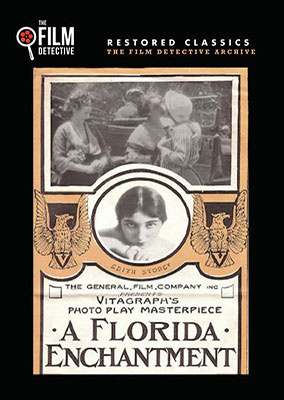 The Film Detective The Film Detective
2015 DVD edition
A Florida Enchantment (1914), black & white, 63 minutes, not rated.
The Film Detective,
unknown catalog number, unknown UPC number.
One single-sided, single-layered, Region 0 NTSC DVD-R disc, 1.33:1 aspect ratio image in full-frame 4:3 (720 x 480 pixels) interlaced scan MPEG-2 format, SDR (standard dynamic range), ? Mbps average video bit rate, ? Kbps audio bit rate, Dolby Digital 48 kHz 8-bit 2.0 stereo sound, English language intertitles, no foreign language subtitles; chapter stops; standard DVD keepcase; $9.99.
Release date: 4 August 2015.
Country of origin: USA
|
|
This DVD-R edition has likely been mastered from a 16mm reduction print.
The film is likely accompanied by a soundtrack compiled from preexisting recordings.
|
|
USA: Click the logomark to purchase this Region 0 NTSC DVD-R edition from Amazon.com. Your purchase supports Silent Era.
|

|
|
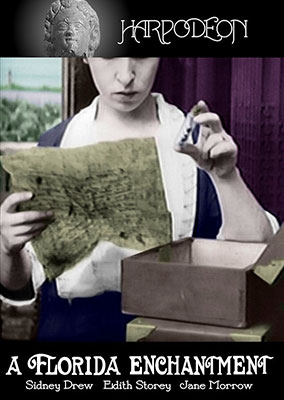 Harpodeon Harpodeon
2008 DVD edition
A Florida Enchantment (1914), black & white, 65 minutes, not rated.
Harpodeon, no catalog number, UPC 8-83629-58345-7.
One single-sided, single-layered, Region 0 NTSC DVD-R disc, 1.33:1 aspect ratio image in full-frame 4:3 (720 x 480 pixels) interlaced scan MPEG-2 format, SDR (standard dynamic range), 6.5 Mbps average video bit rate, 192 Kbps audio bit rate, Dolby Digital 48 kHz 8-bit 2.0 stereo sound, English language intertitles, no foreign language subtitles; 16 chapter stops; standard DVD keepcase; $19.99.
Release date: 17 July 2008.
Country of origin: USA
Ratings (1-10): video: 5 / audio: 7 / additional content: 5 / overall: 5.
|

This DVD-R edition has been transferred from good to very-good 16mm reduction print materials that lose highlight picture details while maintaining reasonable detail in shadows. The source print generally features a broad range of greytones.
The full-frame video transfer has reportedly been scanned at high-resolution and digitally cleaned utilizing custom video software. The digital processing has stabilized the picture within the frame, and frame-specific digital work has been performed to remove and repair print flaws such as scratches, dust, speckling and timing marks. While the picture stabilization itself is impressive, it comes at the cost of picture elements within the frame that move about (ie. the actors). There is a jerkiness to movement in the details of faces and bodies as the software averages the picture details of a number of frames (traditionaly, seven frames in standard DVDs) then releases the sampling for the next group of frames. On occasion, an actor will slightly turn their head and the features of their face will catch up with the movement a fraction of a second later. Water details, in the boating accident scene, have been particularly compromised by this digital process.
The disc has been mastered with play settings that forced our main reviewing BD player into an irrecoverable zoom mode that filled our two 16:9 HD widescreen monitors, cropping both the top and bottom of the 4:3 picture off. (We have encountered this elsewhere only on the Chaplin remastered DVDs from Warner Home Video.) When the same zoom state occured on a secondary reviewing DVD player, proper aspect ratio and framing of the picture required manually resetting the monitor.
The presentation features viewer-selectable music scores of period music performed on a MIDI synthesizer emulating either a piano or organ which are, at very least, competently assembled and sonically pleasing.
The disc is supplemented with modern documentary footage of locations utilized in A Florida Enchantment (1914), which were shot with a vintage silent era camera that was not quite in proper adjustment (2 minutes). Also presented is a side-by-side comparison of the original transfer from the 16mm source print and the stabilized and cleaned video master, and an extensive still photograph gallery of A Florida Enchantment locations.
Months of work went into the clean-up of the video master, but to what end? The ‘restored’ picture will look better on standard resolution monitors than it does on high-definition systems. The results look to us like a progressive up-conversion of a VHS videotape, with its smeary digital averaging of picture elements. We found that the picture was of higher quality when we viewed our old laserdisc copy of A Florida Enchantment from The Origins of Film boxset. We feel that the this video master would play best on streaming video for a computer (which streams at lower than DVD quality) or a digital copy intended for viewing on a mobile device such as an iPod or a smartphone.
Ultimately, an HD transfer from 35mm print materials coupled with digital restoration at a higher-resolution and sampling rate would have helped this edition. We still recommend the edition of A Florida Enchantment in the out-of-print The Origins of Film DVD set, which is noted above, as the best available on home video.
|
|
USA: Click the logomark to purchase this Region 0 NTSC DVD-R edition from Amazon.com. Your purchase supports Silent Era.
|

|
|
|
This Region 0 NTSC DVD-R edition is also available directly from HARPODEON.
|
|
|
Other GENDER BENDER FILMS of the silent era available on home video.
|
|

LINKS IN THIS COLUMN
WILL TAKE YOU TO
EXTERNAL WEBSITES
•
SUPPORT SILENT ERA
USING THESE LINKS
WHEN SHOPPING AT
AMAZON



•
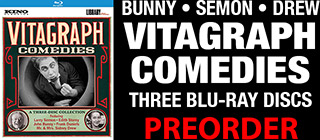


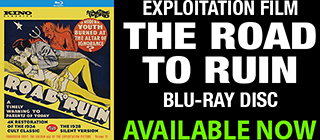
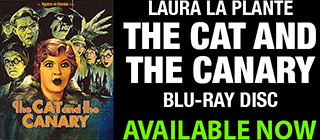
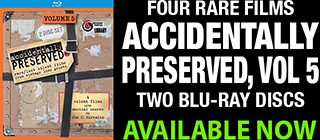
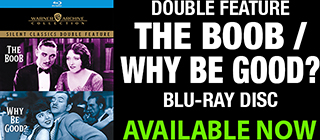
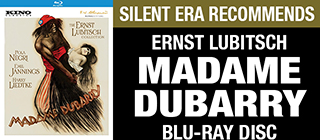
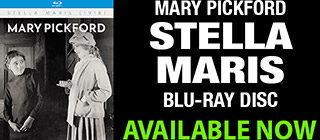
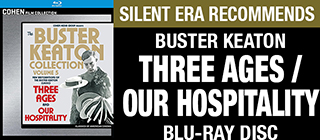

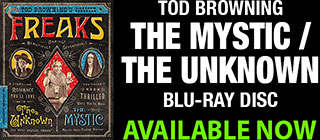
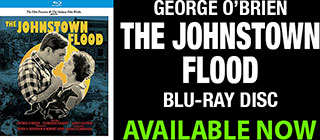
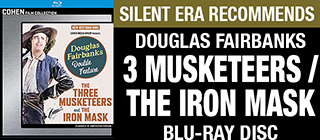
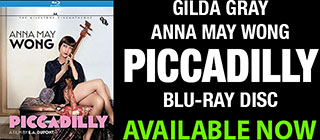
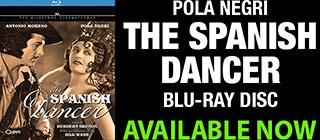
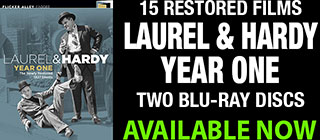


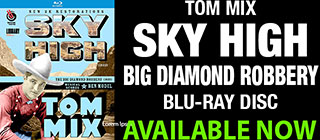
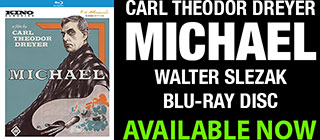



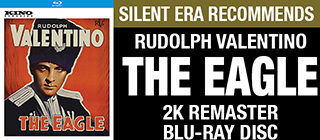
•
|




































